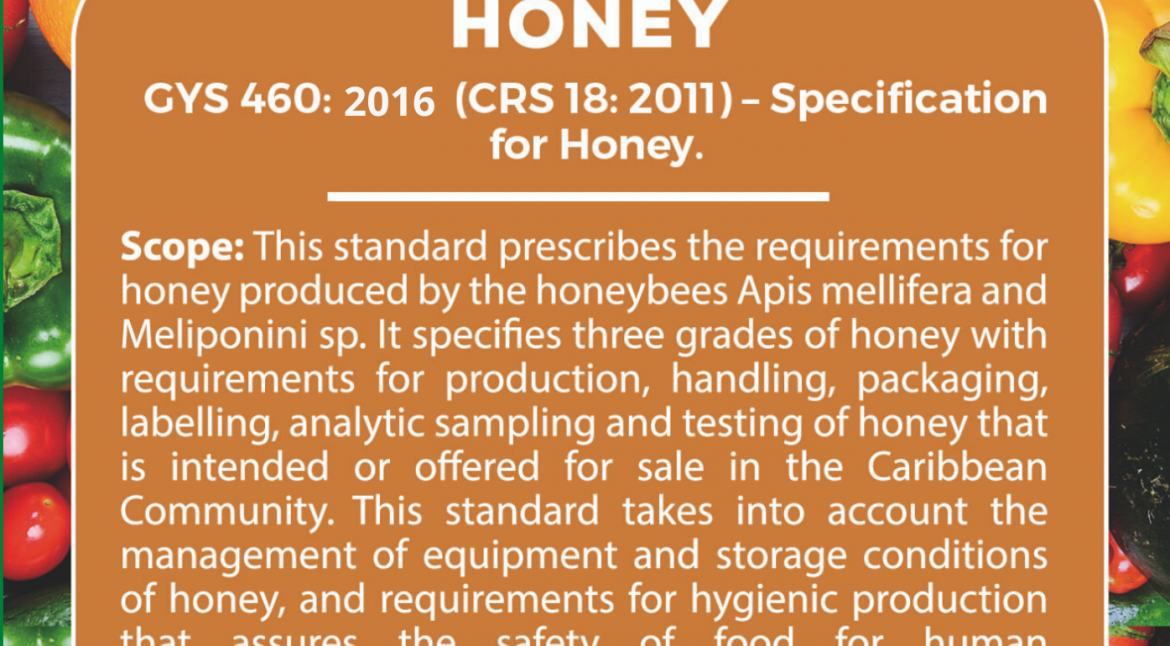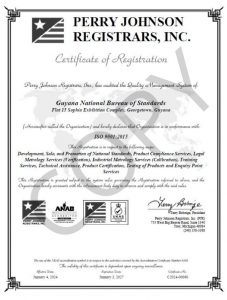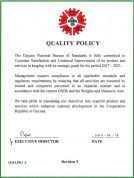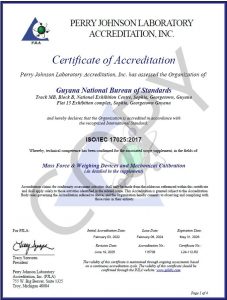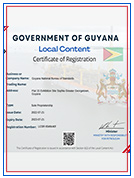As we conclude Agriculture Month 2022, let us close with a focus on the other sweetener, honey! Aside from its taste, this agricultural product, which is produced by bees, is very beneficial to humans. It is known to be rich in antioxidants, better for blood sugar levels, improves heart health, suppresses coughing in children and heals burns and wounds when applied.
To ensure that there are established requirements for this popular sweetener, the Guyana National Bureau of Standards (GNBS) has adopted the National Standard Specification for Honey (GYS 460:2016) which was published as a CARICOM Standard. This standard offers a guide for trade in honey, particularly in the CARICOM Region.
The standard prescribes the requirements for honey produced by the honeybees Apis mellifera and Meliponini sp. It specifies three grades of honey with requirements for production, handling, packaging, labelling, analytic sampling, and testing of honey that is intended for sale in the Caribbean Community.
The honey standard takes into account the management of equipment and storage conditions of honey, and requirements for its hygienic production that assures the safety of food for human consumption.
The standard describes honey as a pure natural product to which no other substance has been added. It is generally yellowish to light tan in colour but may be pale to colourless dark amber or greenish. Honey always darkens with age. Further, the standard states that plant source nectar from which honey is made influences the characteristics of the product including viscosity, aroma, and taste.
General requirements, such as production and hygiene requirements, storage, forms of honey, packaging requirements and labelling and traceability requirements are stipulated in the standard. Production and hygiene requirements cover the handling of honey, the use of pesticides and exposure of the product to adverse temperatures.
Accordingly, honey should be stored at ambient temperature in a shaded area away from direct sunlight. It must be stored in air-tight containers which are not likely to impair the taste.
Meanwhile, the standard stipulates that honey be presented for sale to the public in liquid form, comb form, chunk honey, or in crystallised form.
Further, when packaging honey, containers used must be clean, dry and of good grade quality. Filling equipment shall be hygienic, and the filling of these containers must be done in sanitary conditions. The standard requires that all packages have safety seals.
For labelling and traceability requirements, the standard provides a list, which includes a batch number, net contents, country of origin, and the form of the product. Importantly, the standard requires that the name of the product be stated as ‘Honey’ and the word shall appear on the principal display panel of the package.
Lastly, the specification covers grades of liquid honey. The four grades stipulated are Grade A Honey, Grade A2 Honey, Honeydew Honey or Grade B1 Honey and Industrial Honey or Grade B2 Honey. Details are provided in the standards regarding each grade identified.
Bee farmers and manufacturers of honey can rely on this standard, especially if they export honey. Stakeholders in the industry are reminded that these requirements are specified to harmonise the quality requirements of honey, ensure adequate hygienic production and ensure acceptable product quality and safety for human consumption.
The GNBS encourages all stakeholders to ensure honey produced and offered for sale or export conforms to the requirements of this standard.
For further information, please contact the GNBS on Tel: 219- 0066 or visit our website: www.gnbsgy.org or like us on Facebook: gnbsgy

